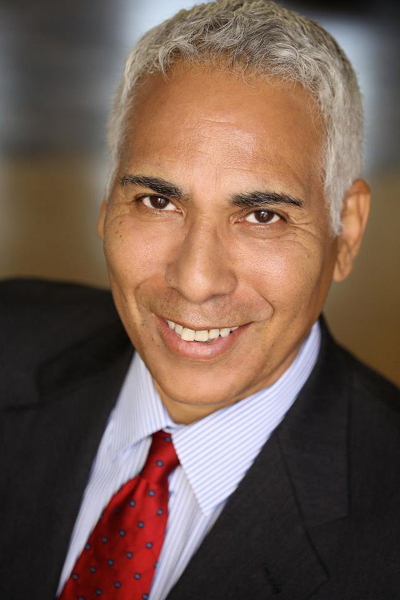As Director of the Arizona Commerce Authority’s Film and Digital Media Program, Matthew Earl Jones is leading the mission to rejuvenate film production in our picturesque state.
We recently sat down with Earl Jones, a producer and industry insider and the half-brother of actor James Earl Jones, to get his take on how STEM is used in movie- making and how a STEM education can ensure our future generations obtain careers in the industry. Earl Jones will be leading a panel on this subject at the Arizona STEM and Innovation Summit.
What gets you excited about speaking to young people about your industry?
I really enjoy it, probably because my mother was a school teacher (laughs). When I laid out a five-year plan for what Arizona could do to make us even more competitive, one of the cornerstones was reaching out to young people and tapping into our vibrant, tech-savvy workforce, which is as talented as any other place in the country.
We are often known for our locations, which are splendid. But we are also known for our tech-savvy people and the vast majority of them are much younger than me. We need to keep our best people here. Entertainment and digital media lend itself to this.
How is science, technology, engineering and math (STEM) used in movie making?
An easier question to answer is, how is it not? One of our panelists, for example, is a cinematographer and has developed a technology that involves robotics, automation and computers. Automation has hit the entertainment industry. These jobs, this technology, is driving the industry.
How will the growth of this sector impact Arizona?
The application for this technology in entertainment is easily proven. I remember when we shot with helicopters. Now we shoot with drones. The fact that there is this event, that STEM is part of our vocabulary, means that these skills are in highdemand and will ensure that as we continue to grow they [those in the industry] will make good wages, have a great standard of living and enjoy all that Arizona has to offer.
Specifically, what kinds of careers can those on the STEM track obtain in film and digital media?
Robotics, drones, gaming –these are jobs that are fun, in-demand and pay very well. There’s no reason they can’t be here.
A lot of times people tend to mystify an industry, like entertainment, as if we stir ingredients over a bowl and a script comes down. It’s not that way. It’s a business like any other business. And likewise, science and technology to those of us who are not savvy on it, it can seem very out there and scary.
Events like this bridge the gap. Events like this are highly important for us to have communication between the industry and STEM programs.
What gives you hope that Arizona can be a top destination for filmmaking?
No. 1 it has a history of it. Sometimes it’s easier to wake something up than to create it from scratch. That’s a huge advantage. When you talk with people, you find people have fond memories of filmmaking in Arizona and remember films being made here. We have great locations; which everybody knows we have. But I think we have the hidden gem of some really creative, talented people. And part of my job is to find them and let them know what careers they can have in digital media here.
Is there enough talent in AZ to fill the current need in film and digital media?
Looking at the first fiscal year, and looking at the last fiscal year, we are at 252 percent growth in terms of the number of projects coming in through our office. I don’t expect 252 percent growth every year. But I think we will find a higher plateau, and to be able to serve that higher plateau of projects coming in, we are going to do everything we can to keep finding sources for these skills and letting them know there are opportunities for growth right here in Arizona.






